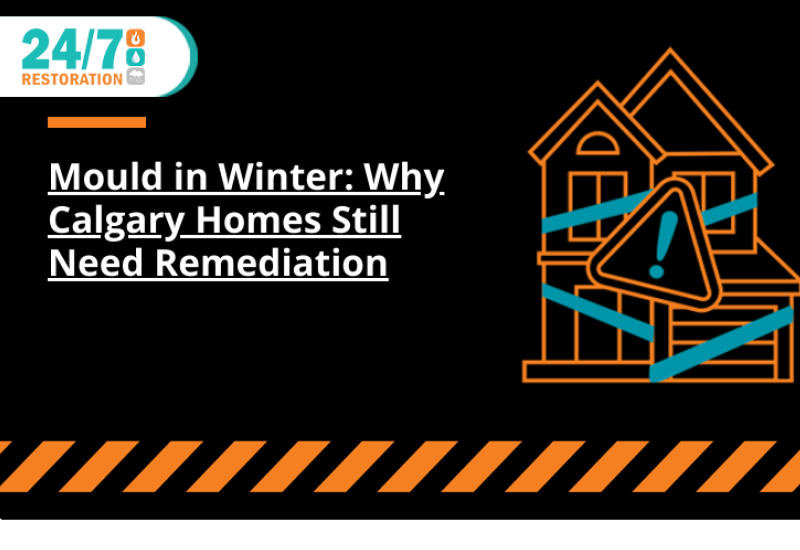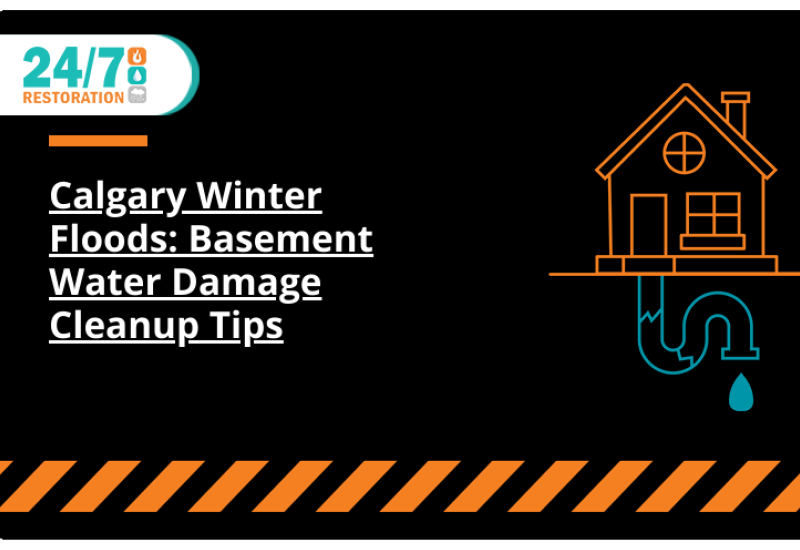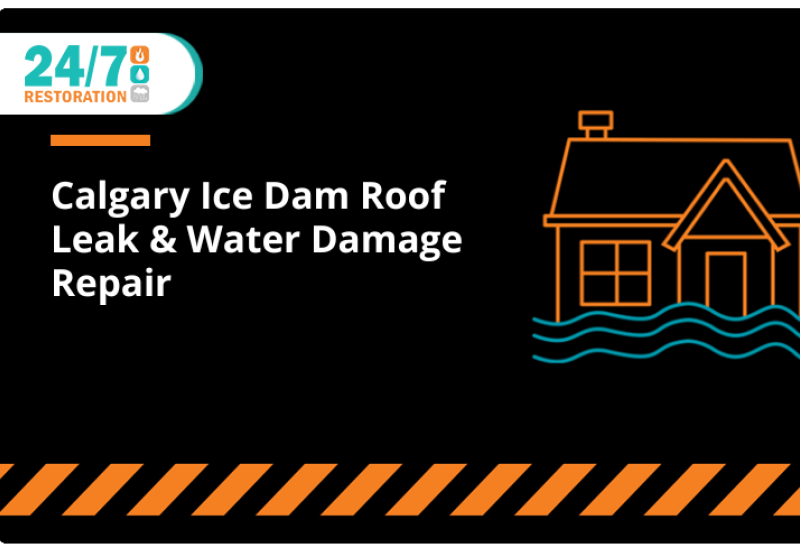Older buildings often evoke a sense of charm, character, and nostalgia. They stand as a testament to the architectural heritage of a bygone era. However, behind their vintage facades lies a hidden danger that can pose serious health risks – asbestos. Asbestos was once a widely used construction material due to its heat-resistant and fireproof properties. Unfortunately, we now know that prolonged exposure to asbestos fibers can lead to severe health issues, including lung cancer and mesothelioma. In this article, we will explore how asbestos is commonly found in older buildings, provide guidance on identifying it, managing its presence, and safely removing it to create a healthier living or working environment.
Preserving the past while safeguarding the present is the challenge when dealing with asbestos in older buildings. Our aim at 24/7 Restoration is to educate you on the potential risks associated with asbestos and equip you with the knowledge needed to navigate through the complexities of identifying, managing, and removing this threat.
Common Sources of Asbestos in Older Buildings
Older buildings, especially those constructed before the 1980s, are more likely to contain asbestos-containing materials (ACMs). Here are some common sources where asbestos can be found:
- Insulation: Asbestos was often used as insulation material in walls, attics, and around heating systems. Vermiculite insulation, often found in attics, may contain asbestos.
- Flooring and Tiles: Vinyl floor tiles, adhesives, and backing materials in older buildings may contain asbestos. Asbestos was also used in textured ceiling tiles and drywall joint compounds.
- Pipes and Ducts: Asbestos was used to insulate pipes, ducts, and boilers. These materials can deteriorate over time, releasing asbestos fibers into the air.
- Roofing and Siding: Some older roofing materials, such as shingles and cement siding, may contain asbestos. Disturbances during repair or renovation can release asbestos fibers.
Identifying these potential sources is the first step in managing the asbestos threat in older buildings.
Identifying Asbestos
Identifying asbestos in older buildings can be challenging because it is often hidden within building materials. Here's how you can recognize potential asbestos-containing materials:
- Professional Inspection: The safest and most reliable way to identify asbestos is through a professional inspection. Certified asbestos inspectors can take samples and analyze them in a laboratory to confirm asbestos presence.
- Visual Inspection: While not foolproof, a visual inspection can provide clues. Asbestos-containing materials may appear dull gray, white, or bluish-green. They may also have a fibrous or crumbly texture.
- Historical Records: Building records, blueprints, and construction documents may contain information about the materials used during construction. However, these records may not always be available or accurate.
- Laboratory Testing: If you suspect asbestos, it's crucial to have a sample tested in a certified laboratory. Do not attempt to collect samples yourself, as it can release asbestos fibers into the air.
Identifying asbestos accurately is vital for assessing the level of risk and determining the appropriate management steps.
Managing and Safely Removing Asbestos
Once asbestos is identified in an older building, it's essential to manage and, if necessary, remove it safely. Here are key steps to consider:
- Assessment and Risk Evaluation: Engage a qualified asbestos professional to assess the condition of asbestos-containing materials and evaluate the risk they pose. Materials in good condition may not require immediate removal.
- Containment and Sealing: If asbestos materials are in good condition, they can often be left undisturbed but should be sealed to prevent fiber release. For damaged materials, containment measures such as encapsulation or enclosure may be necessary.
- Safe Removal: If removal is necessary, it should only be done by licensed asbestos abatement professionals. They have the expertise and equipment to safely remove asbestos and minimize exposure.
- Proper Disposal: Asbestos waste must be carefully packaged, labeled, and disposed of at authorized facilities. Improper disposal can lead to contamination.
- Occupant Protection: During asbestos removal, occupants should be evacuated or relocated, and strict safety measures should be in place to protect workers and prevent the spread of asbestos fibers.
In our quest to preserve the architectural gems of the past, we must not overlook the health and safety hazards hidden within older buildings—namely, asbestos. Identifying, managing, and safely removing asbestos is essential for creating a healthier living or working environment in these structures. While it may seem daunting, the guidance provided in this article emphasizes the importance of professional assessment, the careful handling of asbestos, and adherence to strict safety protocols. By doing so, we can celebrate our architectural heritage while safeguarding the well-being of those who inhabit or work in older buildings. Remember, when it comes to asbestos, knowledge and precaution are the keys to a safer future. Contact our qualified and professional team at 24/7 Restoration to safely help you deal with asbestos.
Written on behalf of 24/7 Restoration.
FAQs
Q: What are common signs that an older building may contain asbestos?
A: Common signs include dull gray, white, or bluish-green materials with a fibrous or crumbly texture. However, visual cues alone may not be conclusive. Professional inspection and laboratory testing are the most reliable methods to confirm asbestos presence.
Q: Can I remove asbestos from an older building myself?
A: No, it is not advisable to remove asbestos-containing materials on your own. Asbestos removal should only be conducted by licensed professionals with the necessary training, equipment, and safety measures to prevent fiber release and exposure.
Q: How can I protect myself from asbestos exposure during renovations or repairs in an older building?
A: Before starting any work, have a professional assess the building for asbestos. If asbestos is present, follow strict safety protocols, including containment, proper sealing, and evacuation or relocation of occupants. Hire licensed professionals for asbestos removal if required.




